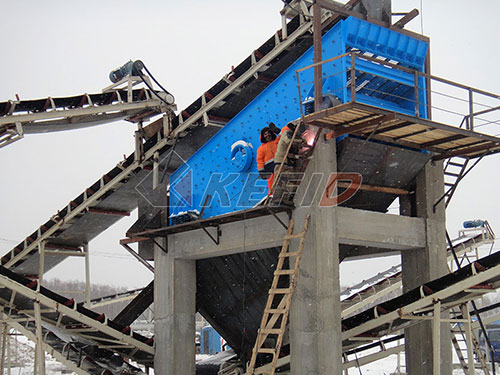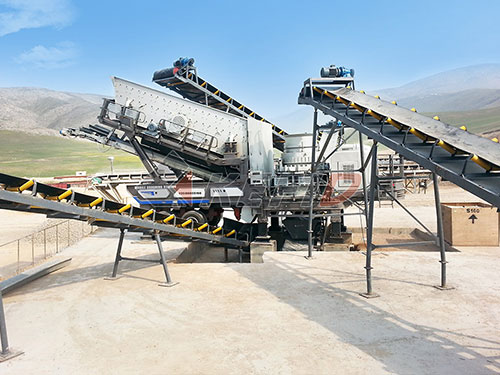Demystifying Production: The Value of Polybutadiene Rubber Process Flow Charts

Understanding the intricacies of chemical manufacturing is crucial for efficiency, safety, and quality control. For industries reliant on synthetic rubbers like Polybutadiene Rubber (PBR or BR), a cornerstone material in tire manufacturing and various industrial products, grasping the production sequence is paramount. Resources like the process flow chart available at `http://mcrusher.net/news/polybutadiene-rubber-process-flow-chart.html` serve as valuable visual aids in this complex landscape.
The Critical Role of Process Flow Charts
A process flow chart (PFC) is more than just a diagram; it’s a schematic roadmap of an entire operation. For polybutadiene rubber production, such a chart provides:
1. Visual Clarity: It transforms complex chemical reactions, separation steps, and purification processes into an easily digestible sequence of symbols and lines.
2. Process Understanding: Engineers, operators, students, and even management can quickly grasp the major unit operations involved – from raw material (butadiene monomer) preparation through polymerization, catalyst removal/stripping, stabilization, coagulation, drying, and final baling.

3. Troubleshooting Aid: When deviations occur or inefficiencies arise, the PFC serves as a baseline reference point for identifying where in the process issues might originate.
4. Training Tool: New personnel can rapidly familiarize themselves with the overall plant layout and operational sequence.
5. Communication Standard: It provides a common language for discussing the process across different departments and levels of expertise.
Insights from a Polybutadiene Rubber Flow Chart
While specific details vary between manufacturers (solution polymerization using Ziegler-Natta or neodymium catalysts vs. anionic polymerization using alkyl lithium catalysts being common methods), a typical PBR flow chart highlights key stages:
1. Feedstock Preparation: Purification of butadiene monomer and solvent (e.g., hexane or cyclohexane).
2. Catalyst System Preparation: Precise formulation and feeding of catalyst components.
3. Polymerization Reactor(s): The heart of the process where butadiene molecules link into long chains under controlled temperature and pressure.
4. Short-Stopping & Stabilization: Halting the reaction at the desired molecular weight/viscosity and adding antioxidants/stabilizers to prevent degradation.
5. Catalyst Deactivation/Removal: Treating the polymer

Leave a Reply